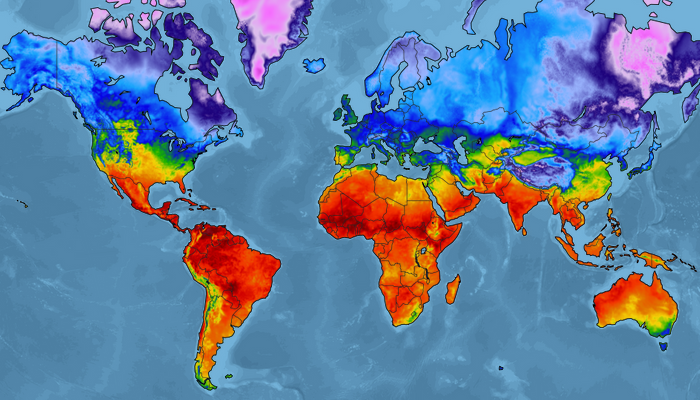COVID-19 Affects Airborne Weather Forecasting
If you’ve noticed the local forecast is a little shakier than usual, you can indirectly blame the pandemic. The drastic reduction in air traffic has curtailed the flow of information…

If you’ve noticed the local forecast is a little shakier than usual, you can indirectly blame the pandemic. The drastic reduction in air traffic has curtailed the flow of information from weather sensors attached to 350 of airliners as part of their Aircraft Communications Addressing and Reporting System or ACARS. The main role of ACARS is to report aircraft health and flight data to headquarters but the weather data also goes to forecasters and researchers. The data flow has declined up to 75 percent according to a study released by the American Geophysical Union.
The ACARS data is a relatively small part of the overall weather forecast picture, but its absence has been felt according to a study by the Lancaster Environment Center at Lancaster University in the U.K. "This is just one tool in the toolbox," Greg Hanson, a spokesman for the National Weather Service (NWS) in Boulder, told the local NBC affiliate. "The backbone of these computer models are the weather balloons that we release twice a day.” Nevertheless, it would appear temperature readings in the upper atmosphere are off by as much as three degrees because of the absence of airliner data. Cruise ships also provide weather data and few of those have sailed since March.






